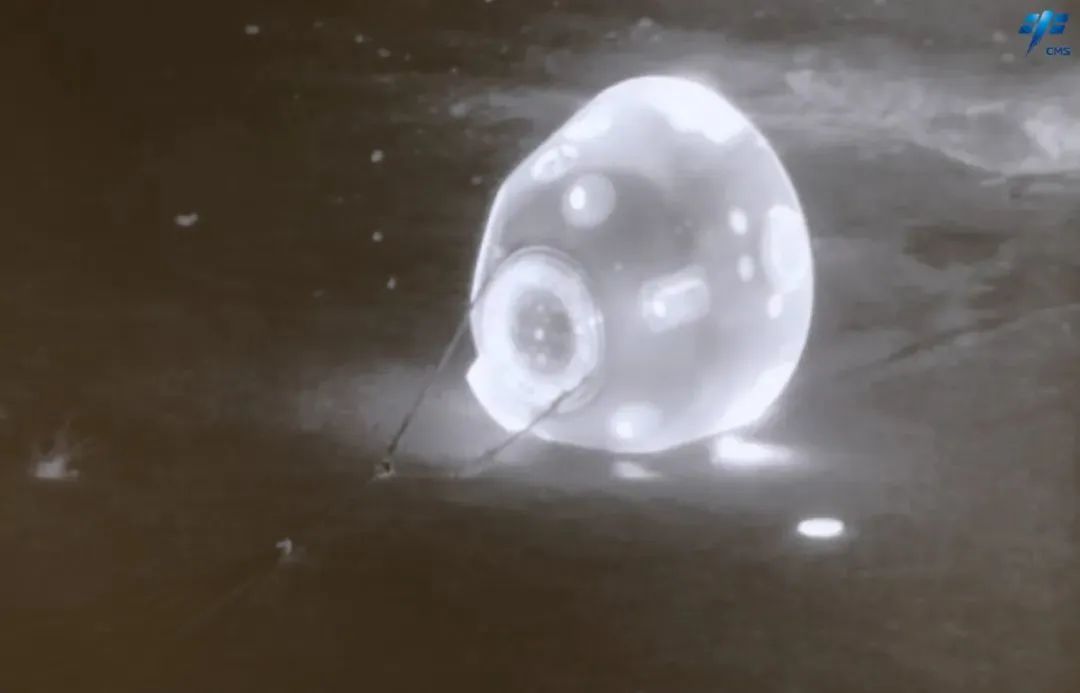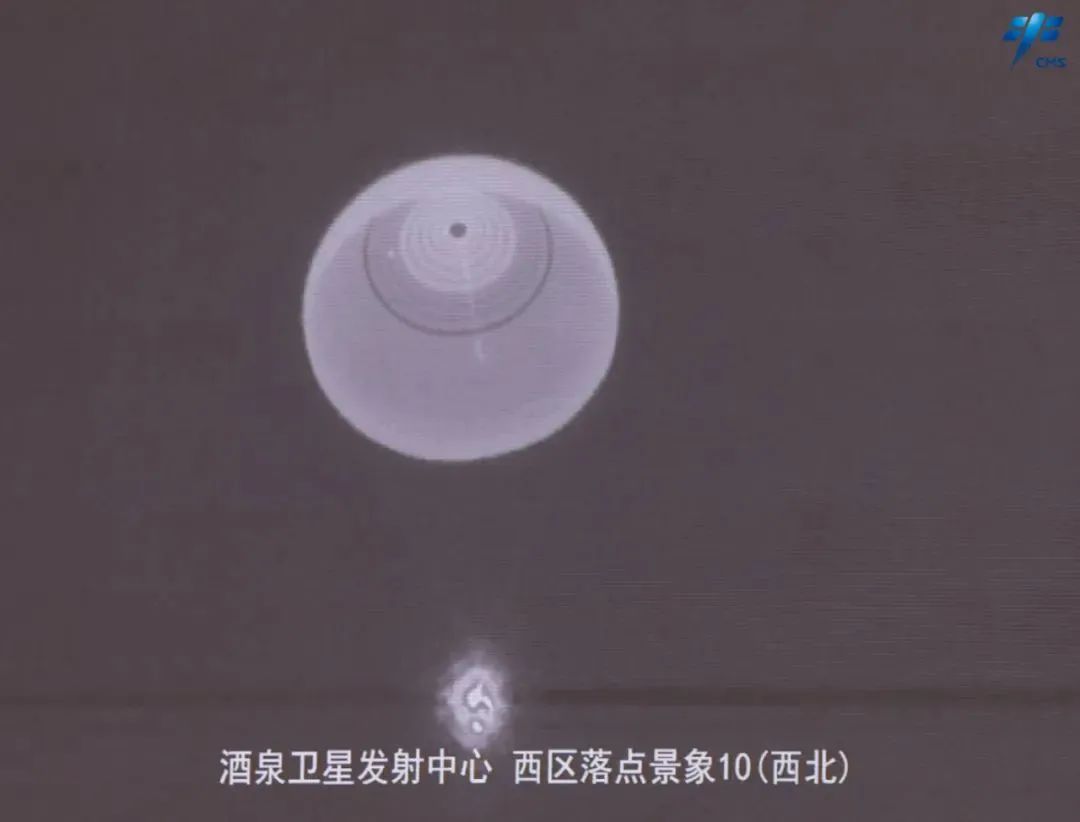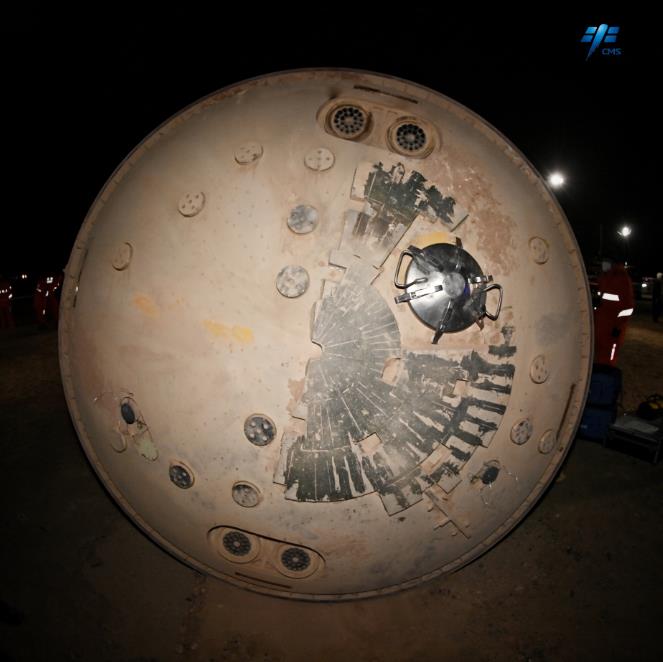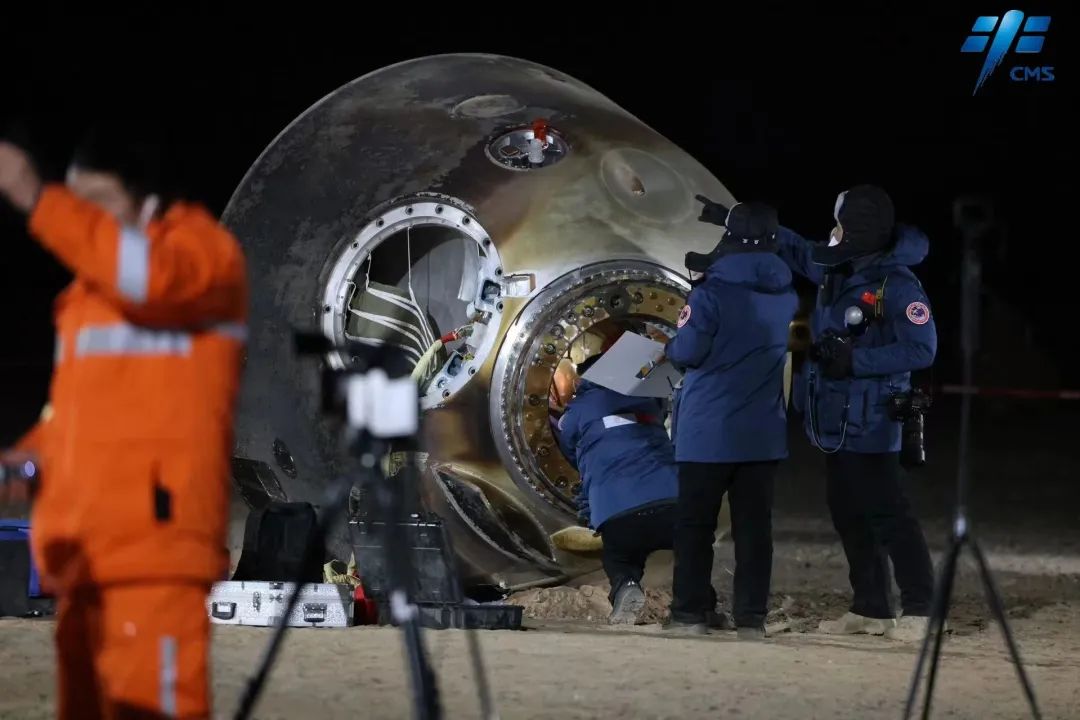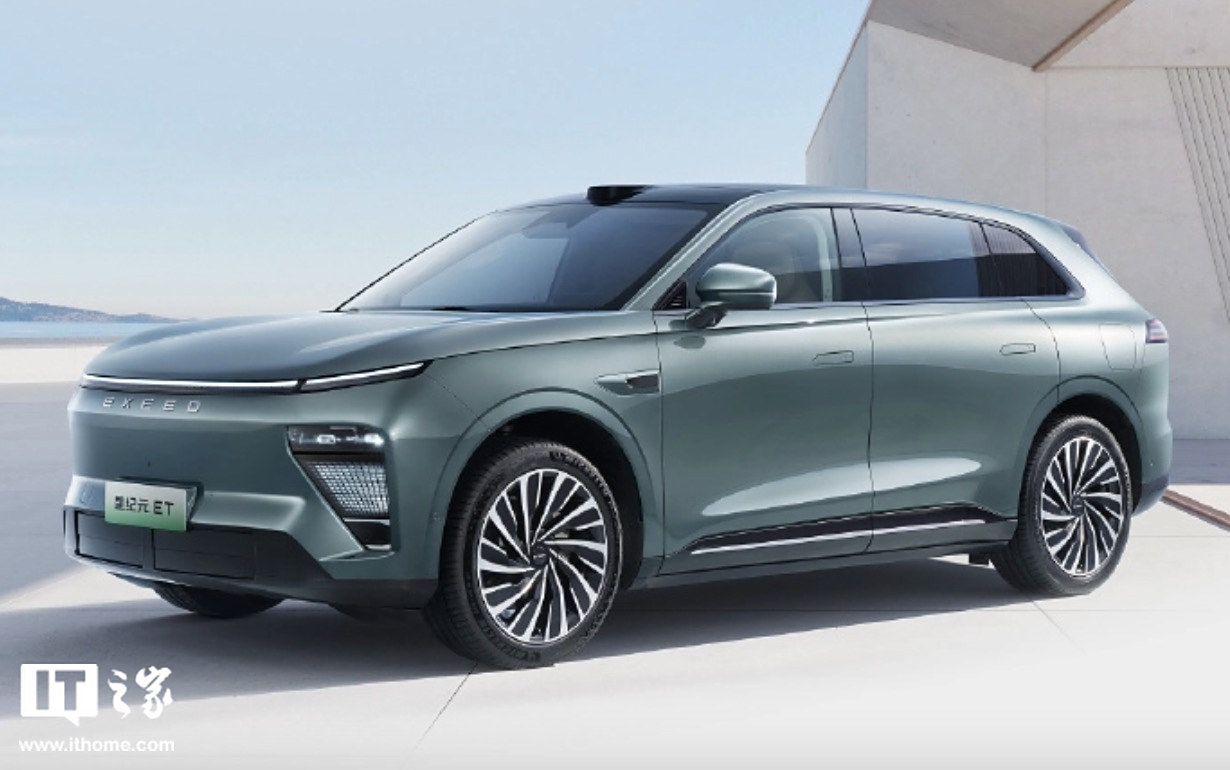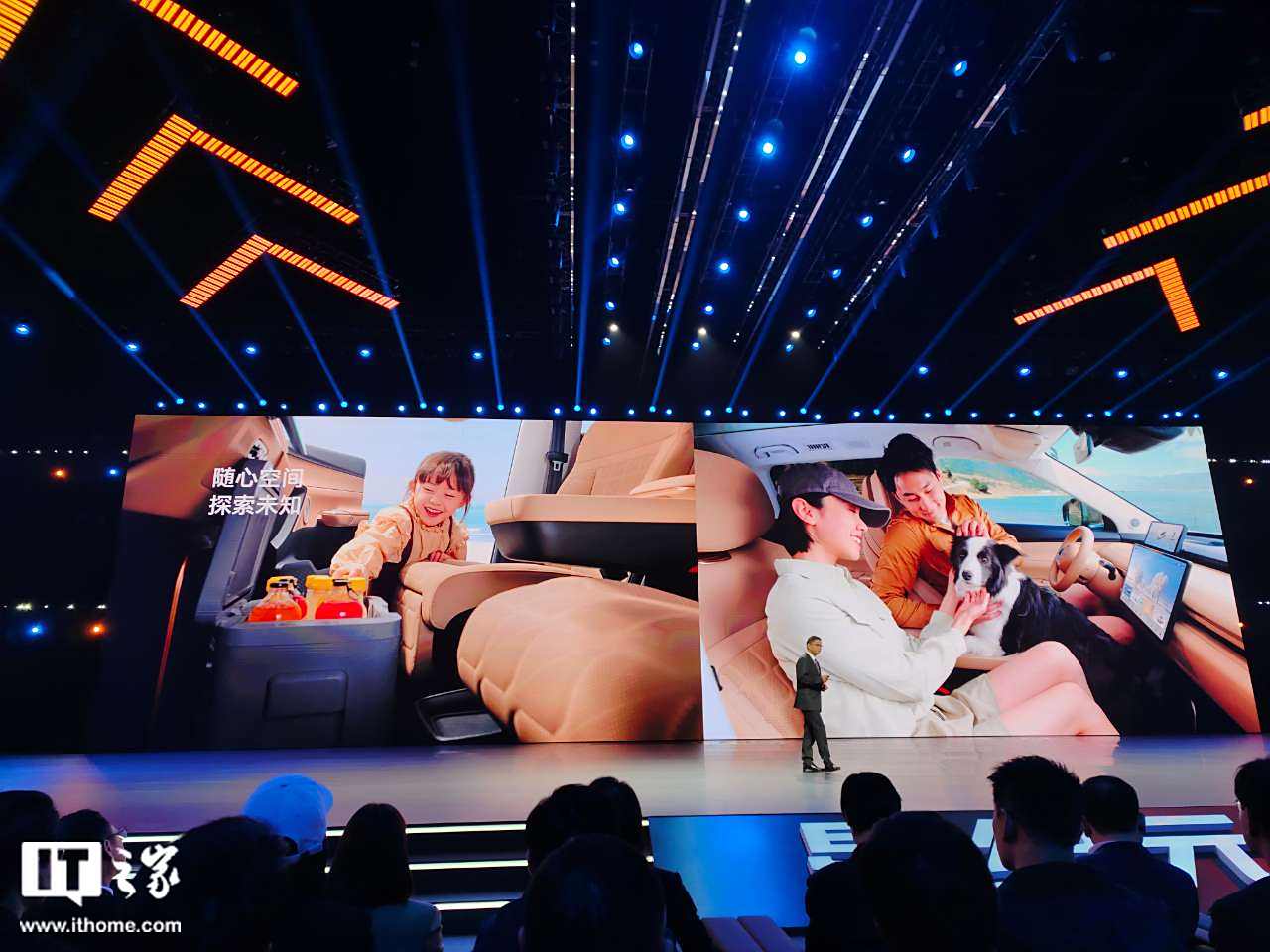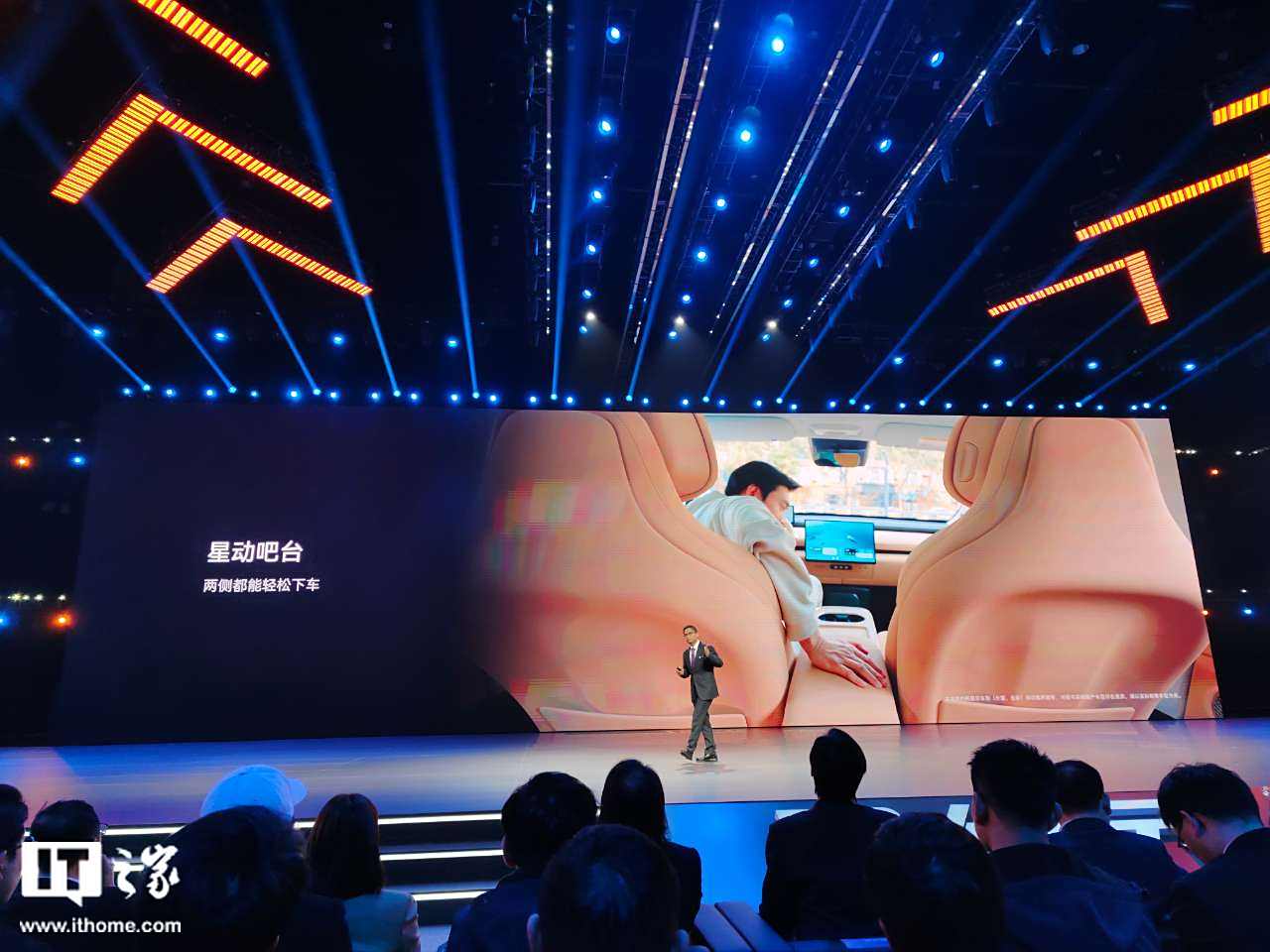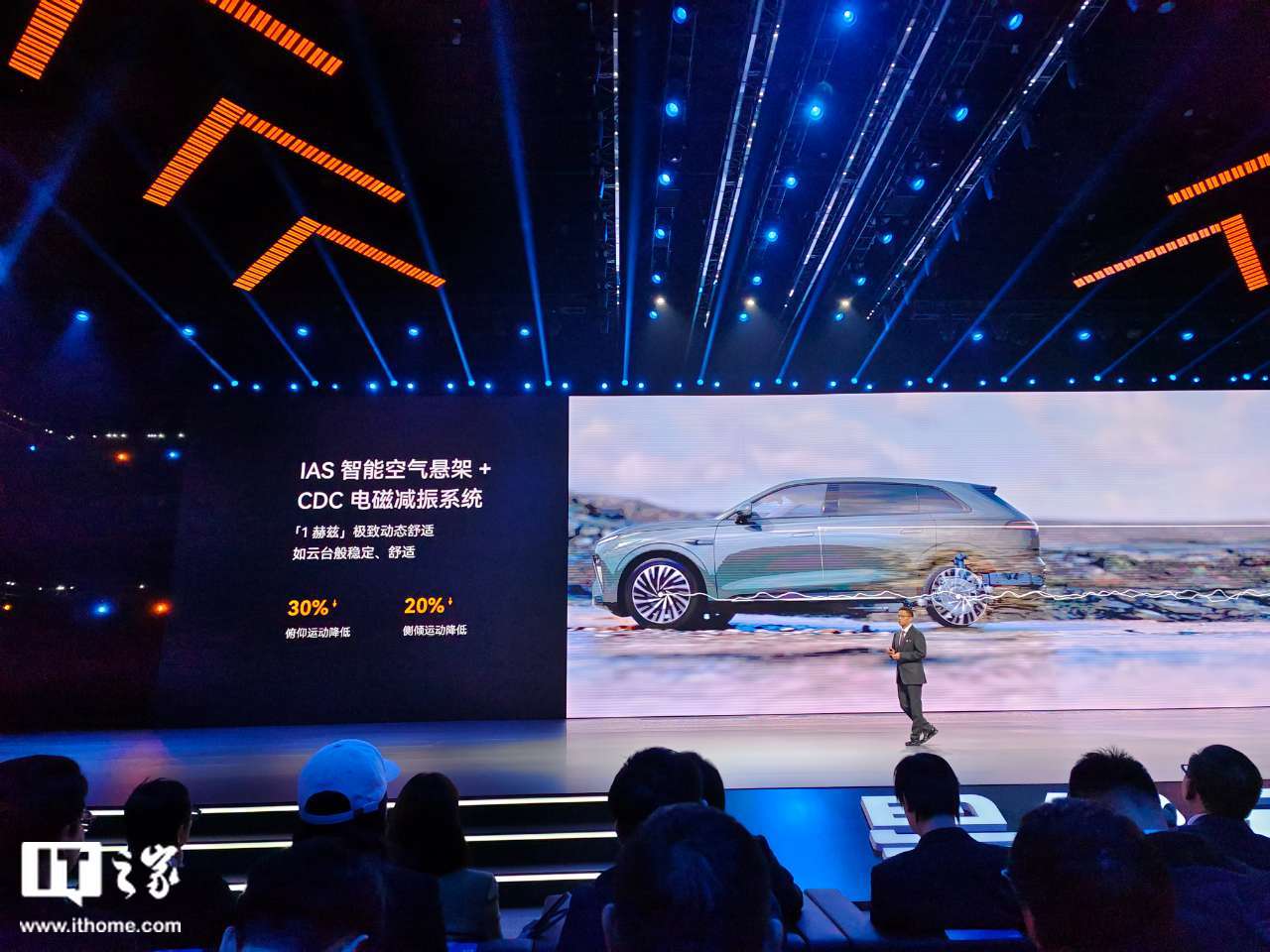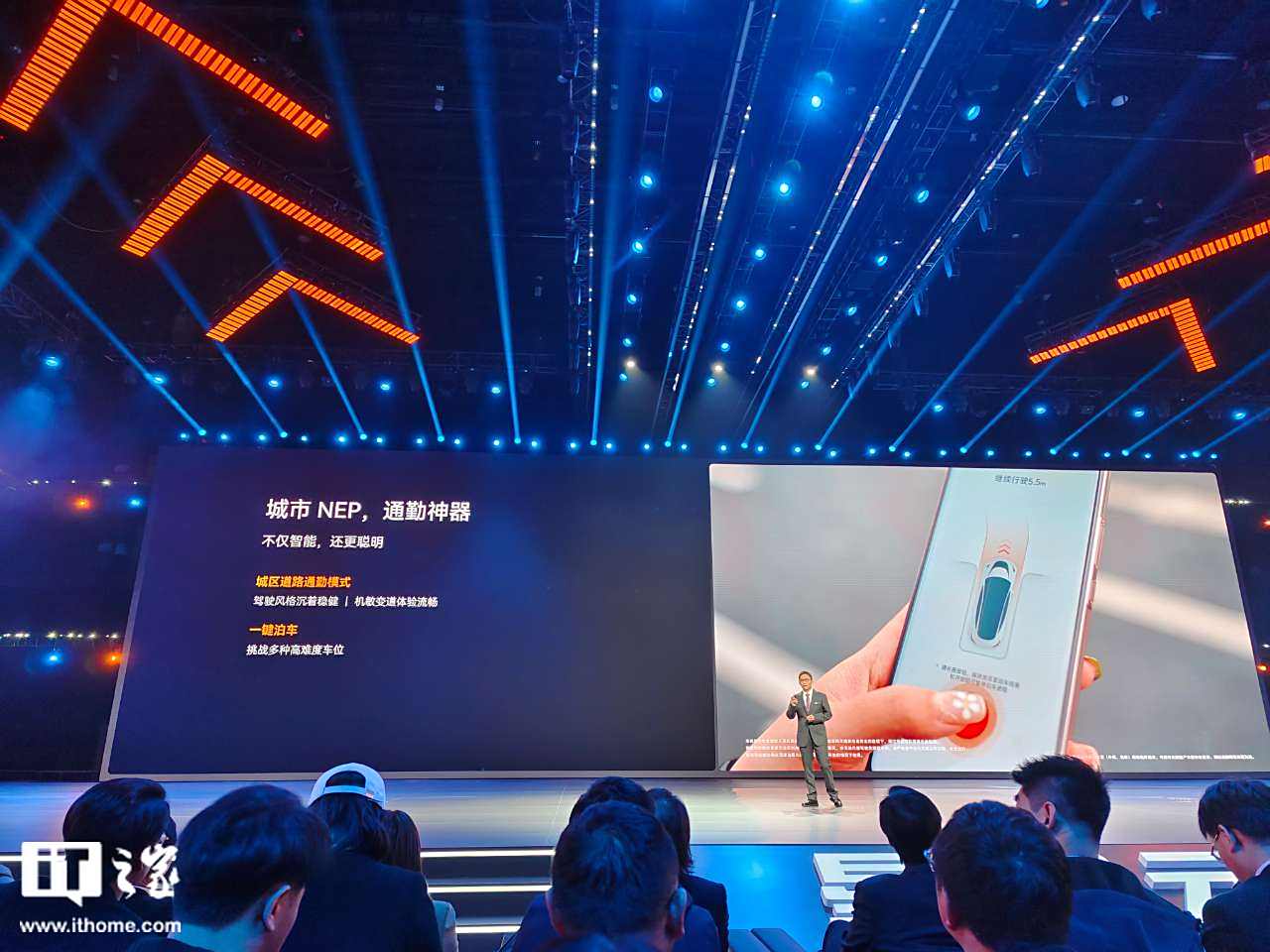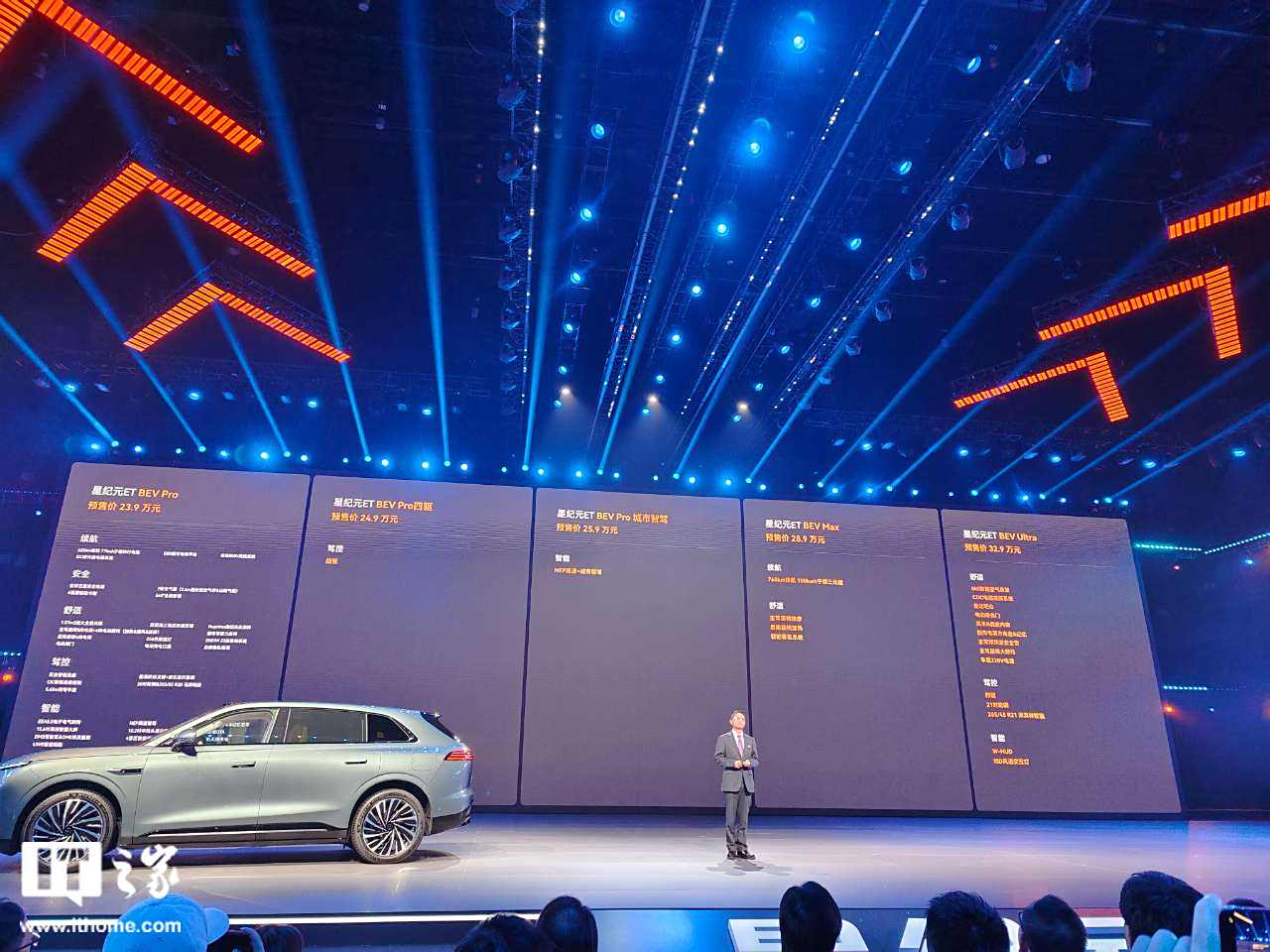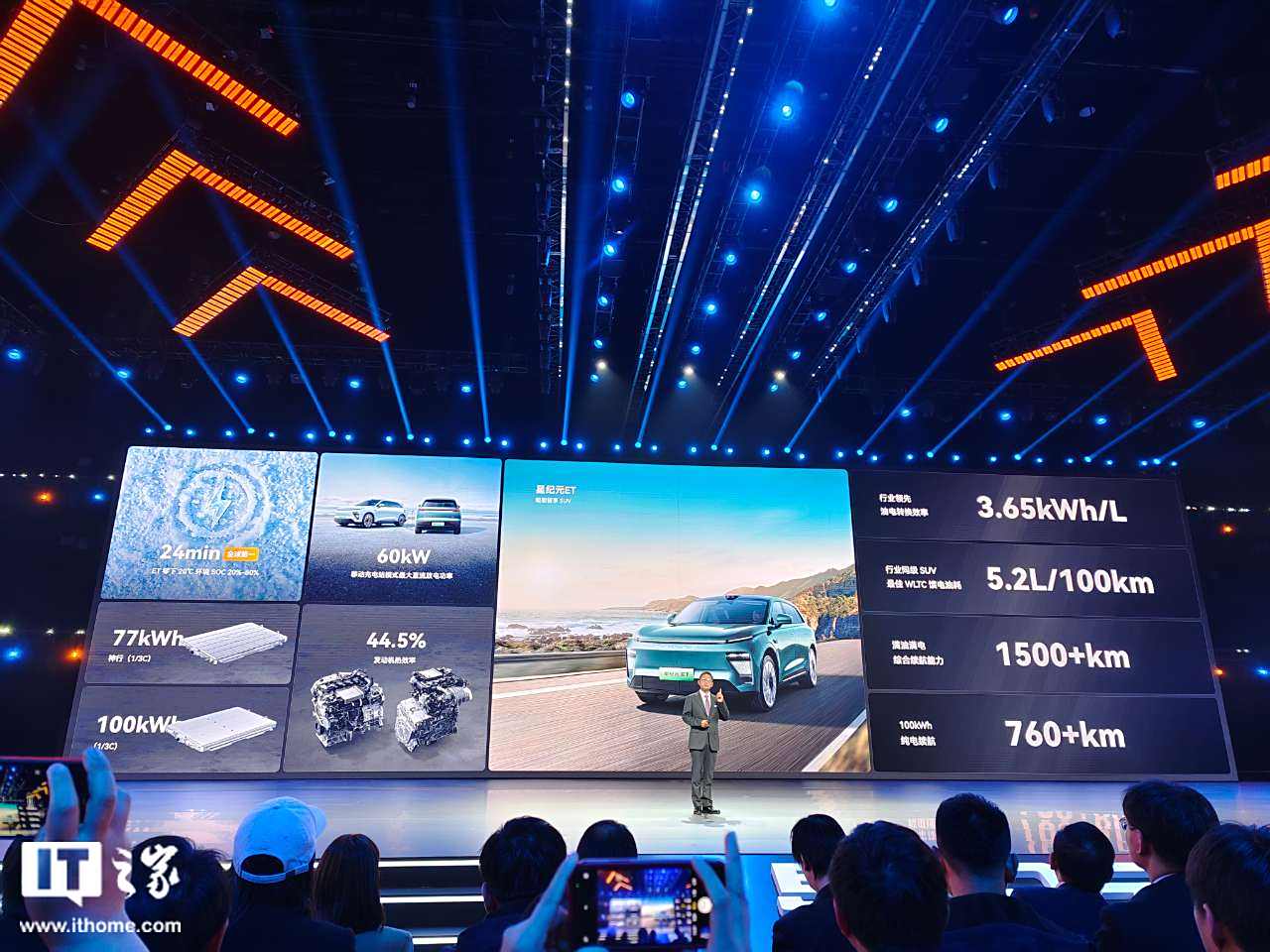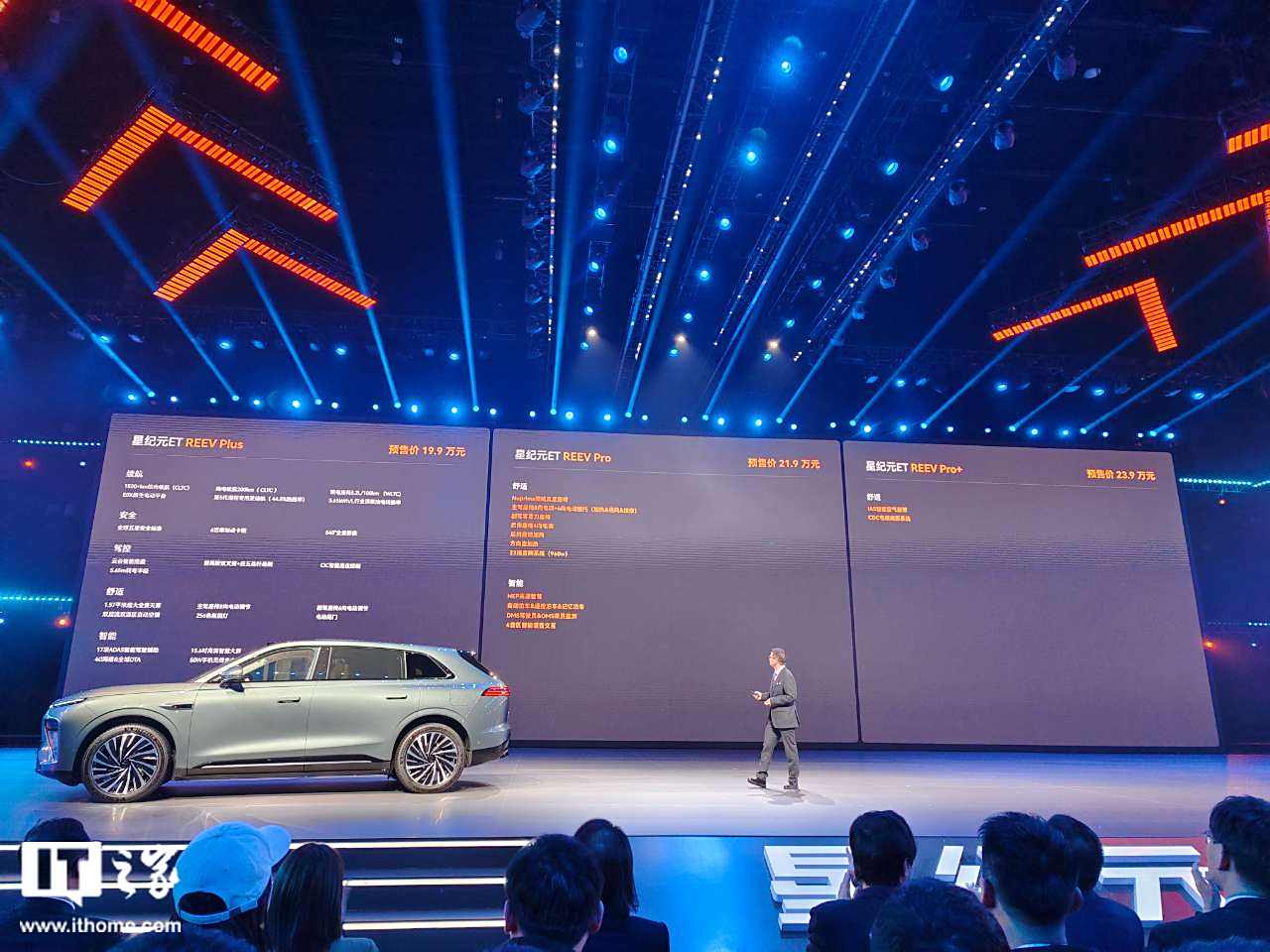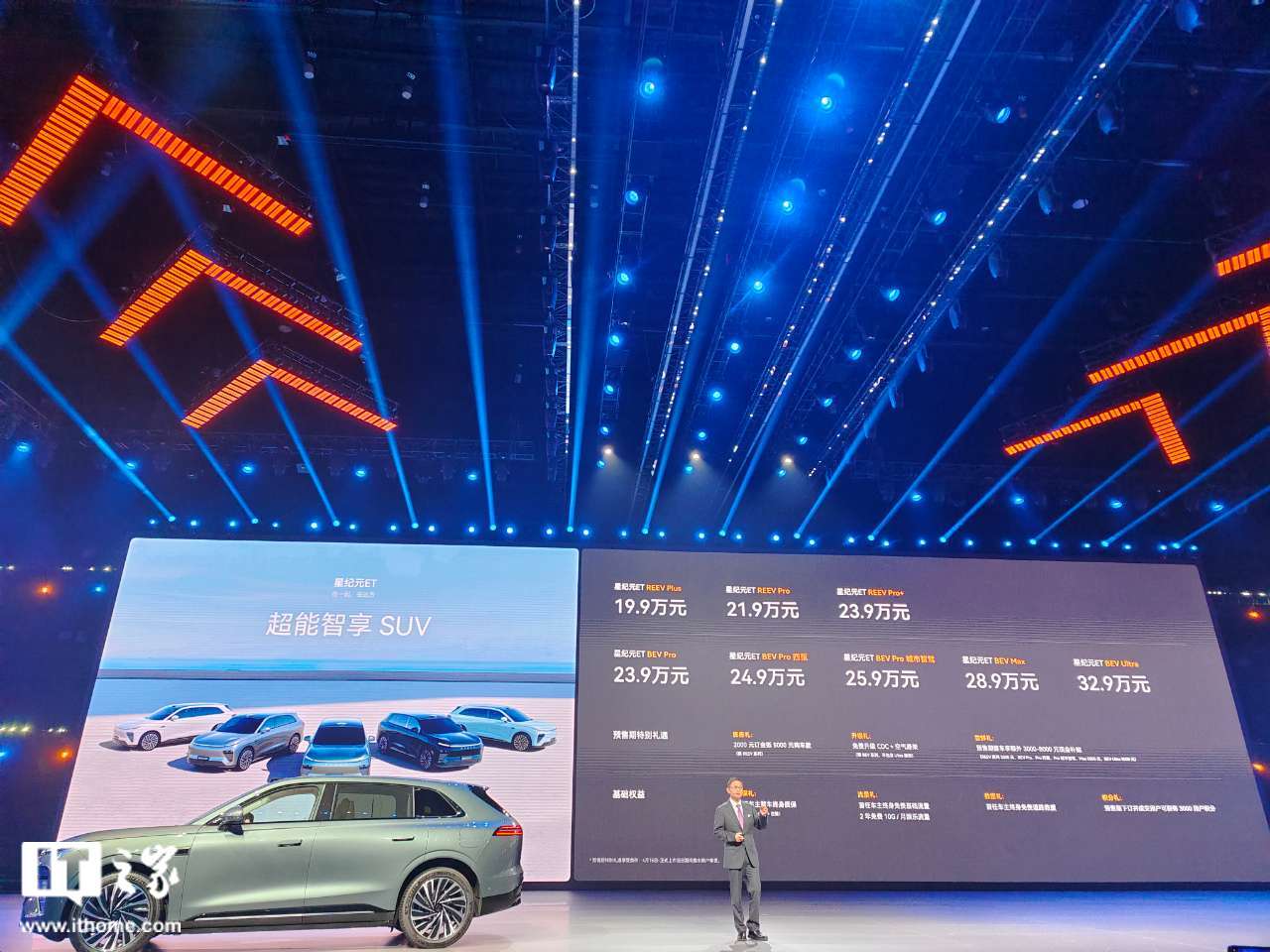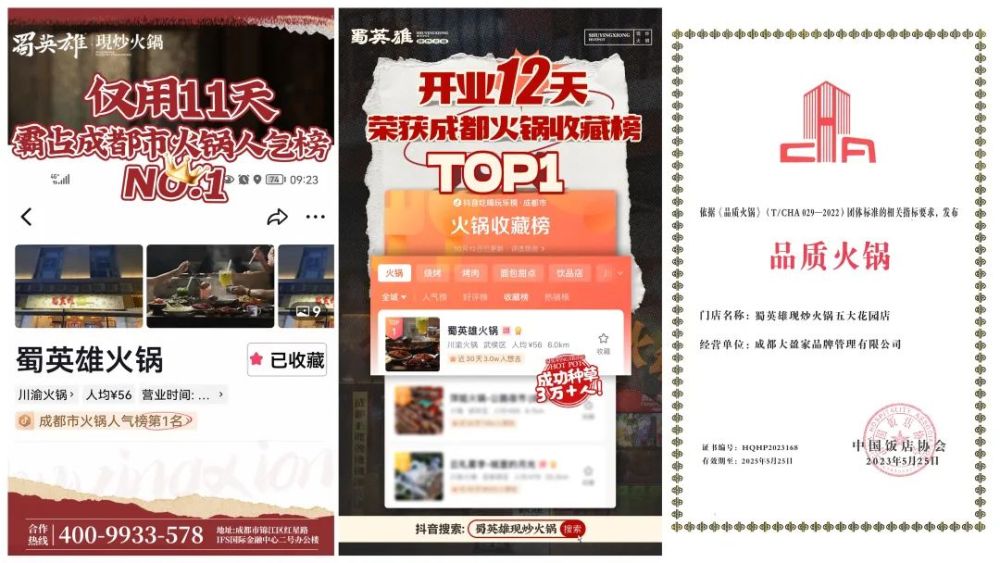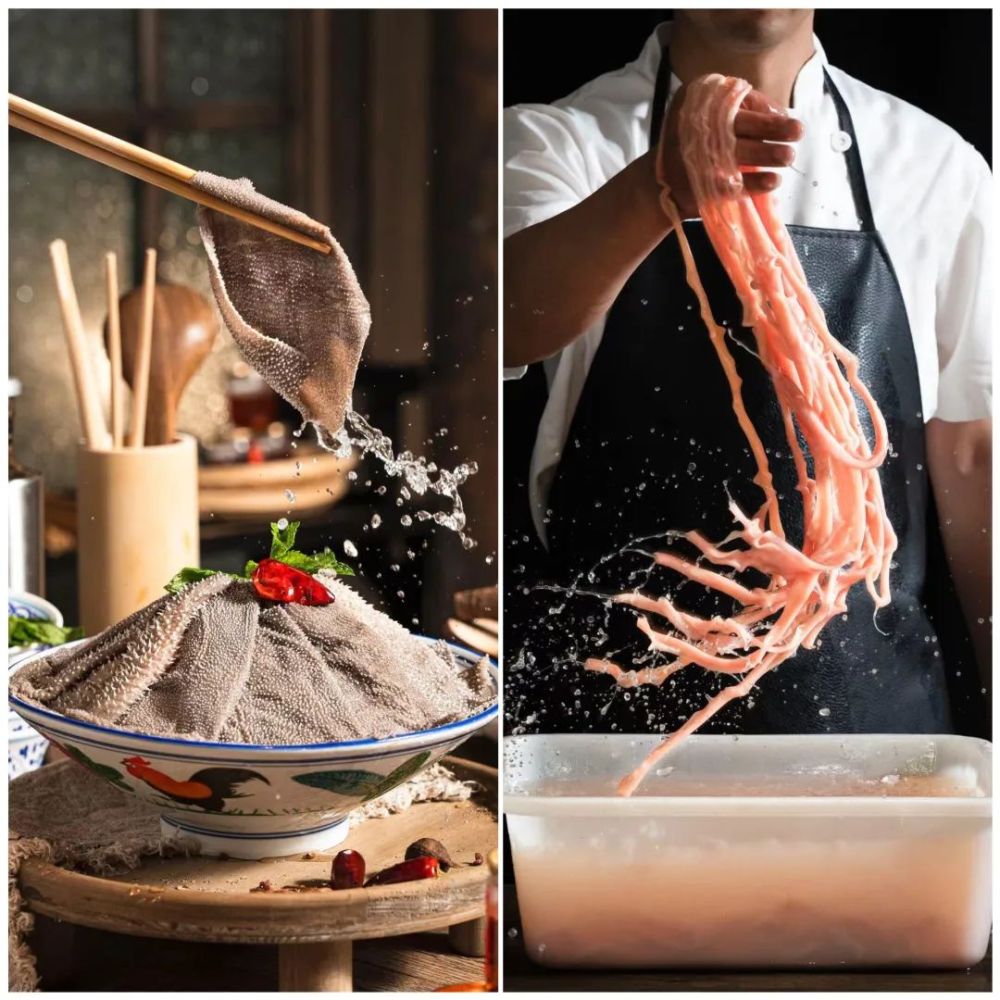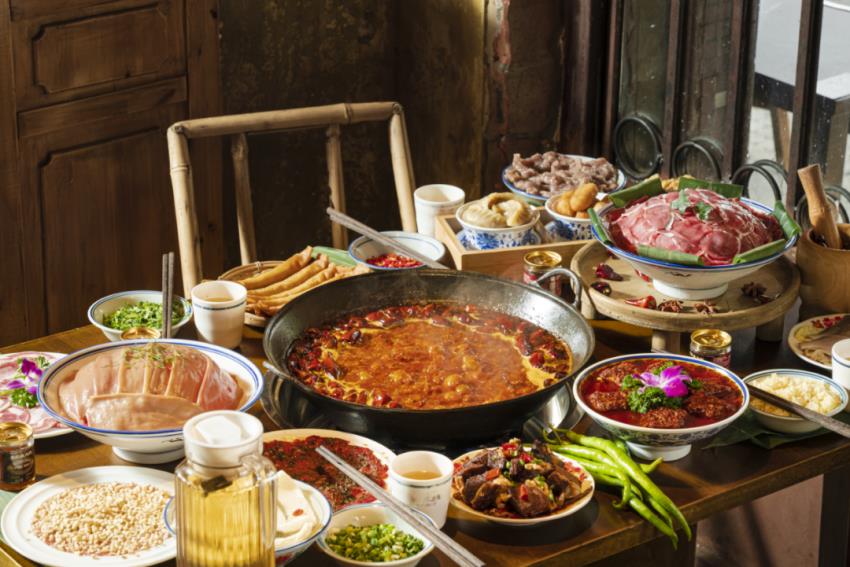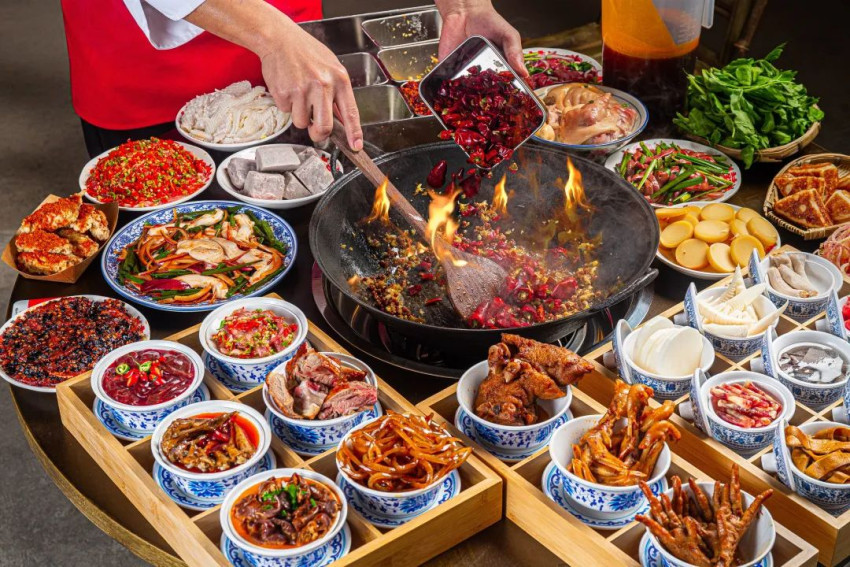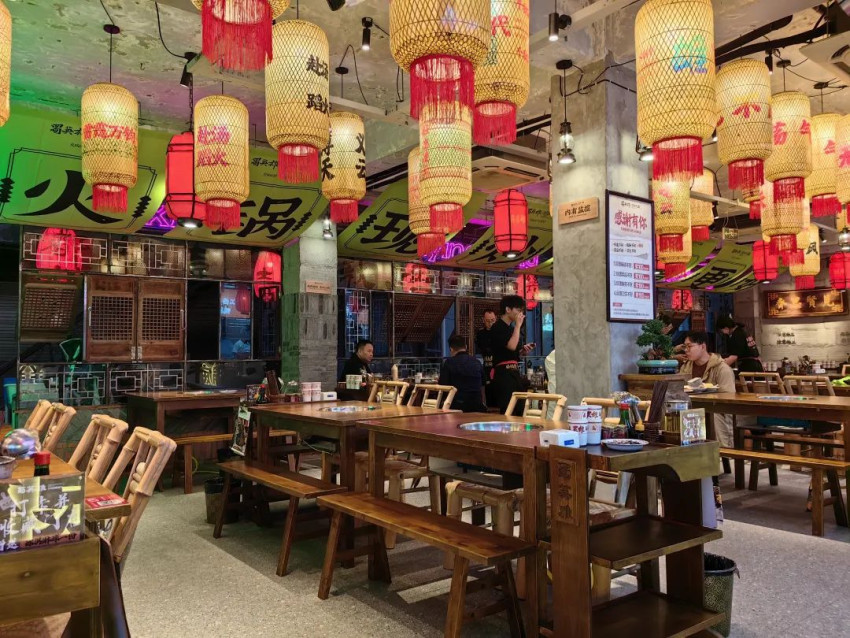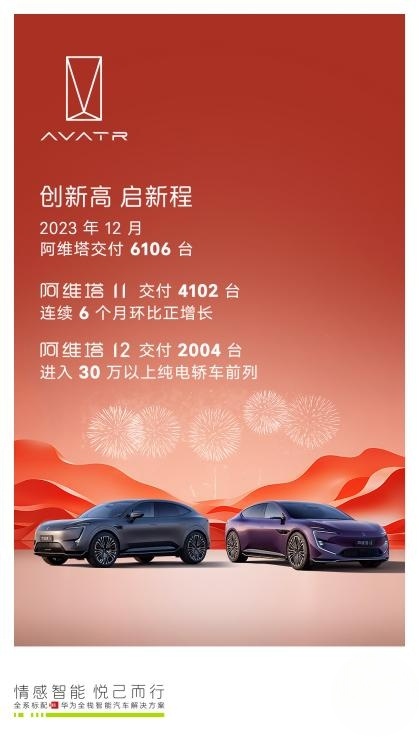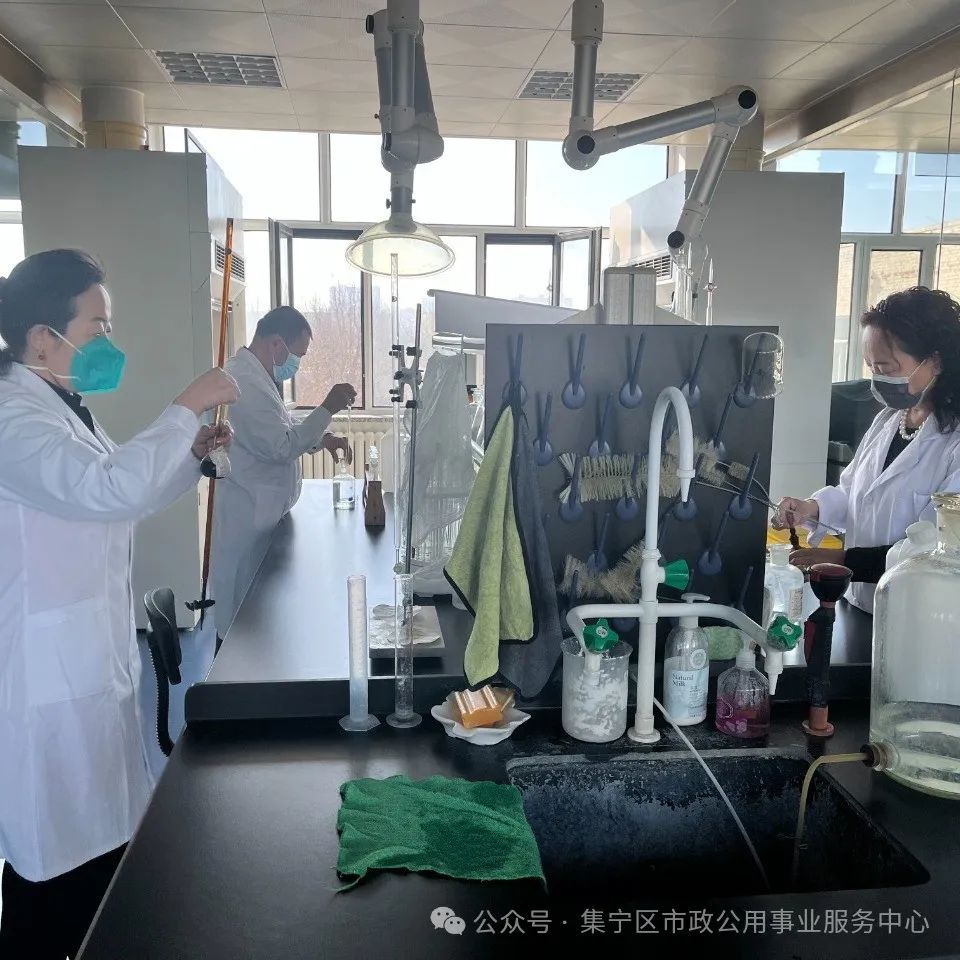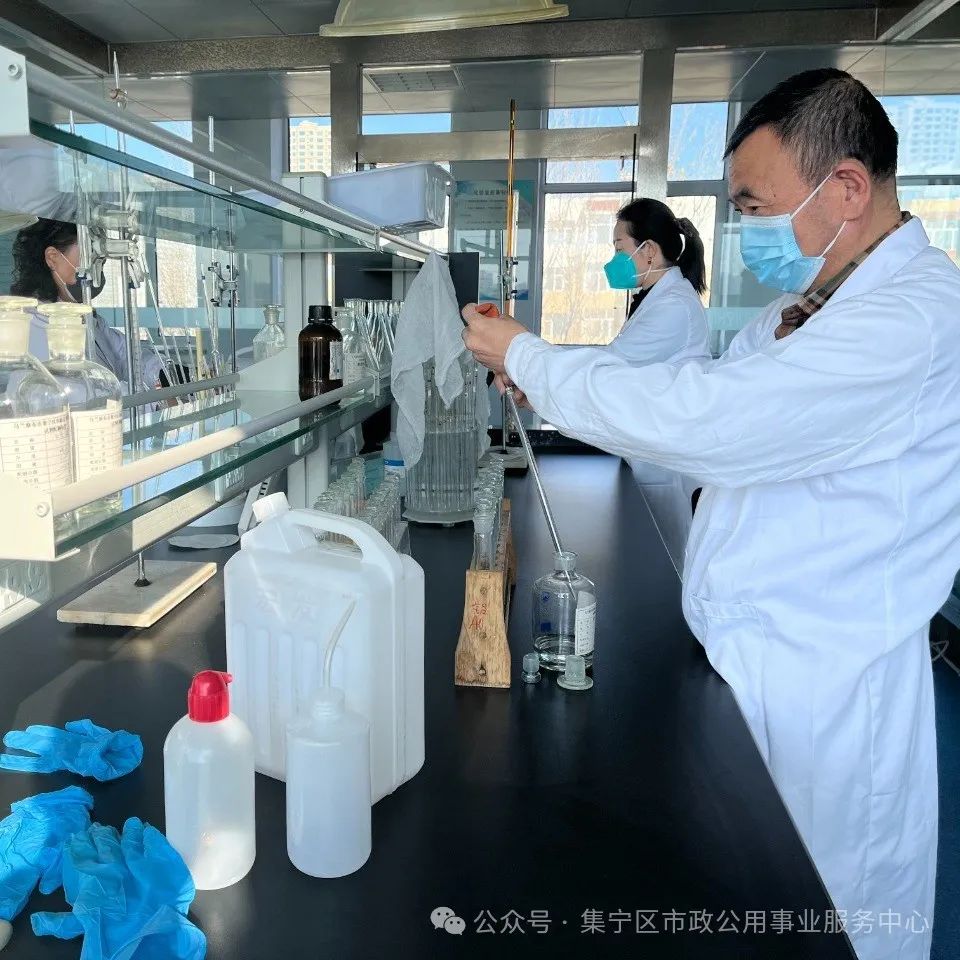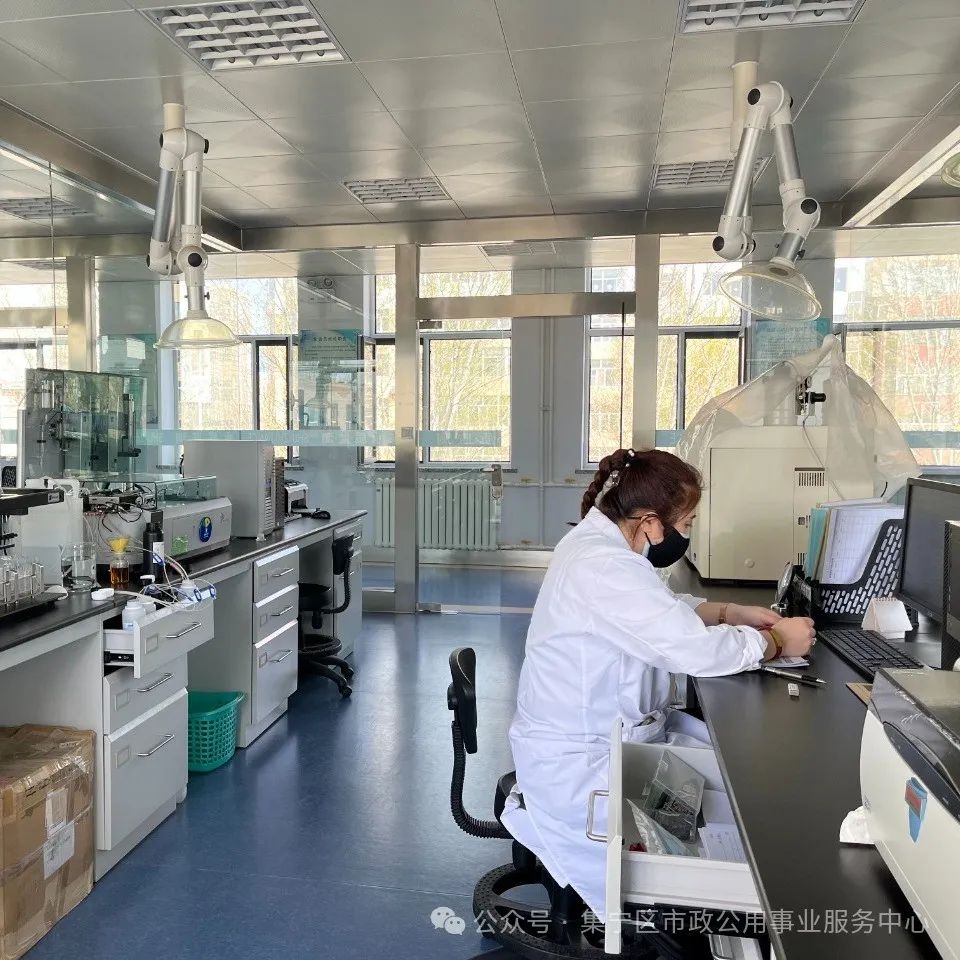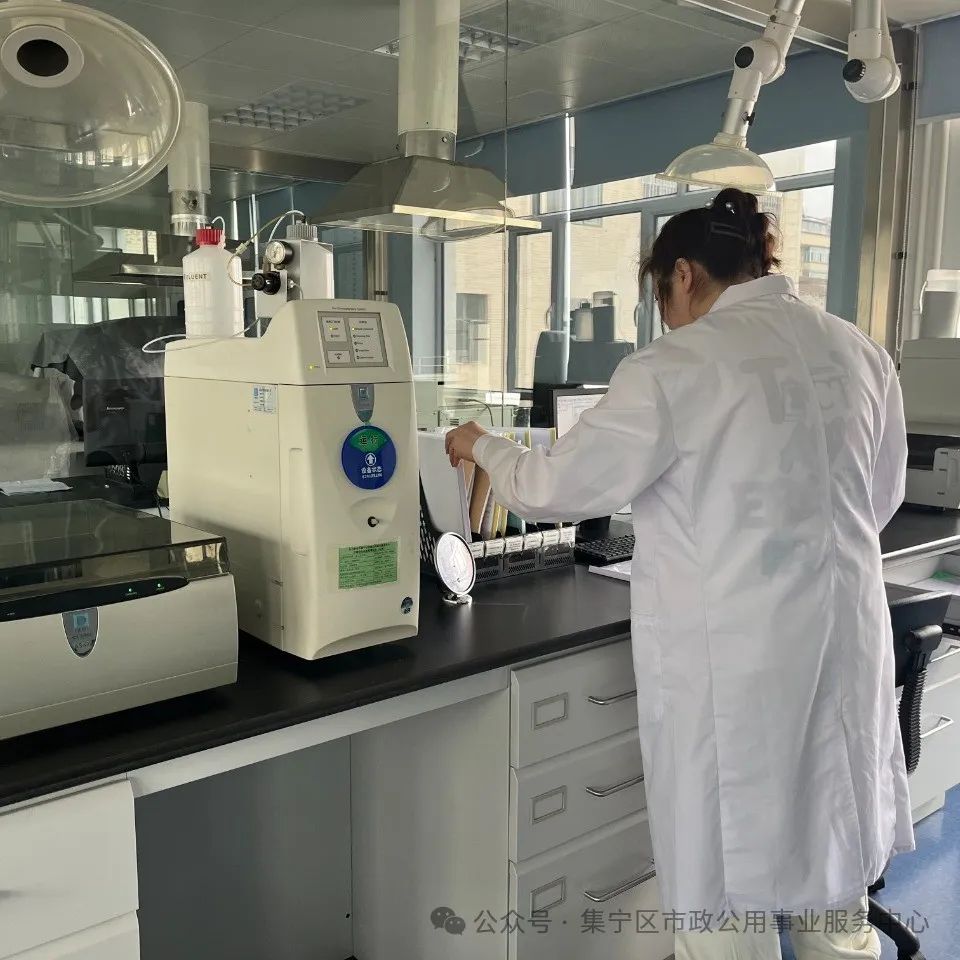After two years, Wuliangye became angry again.
Originality makes business more valuable.
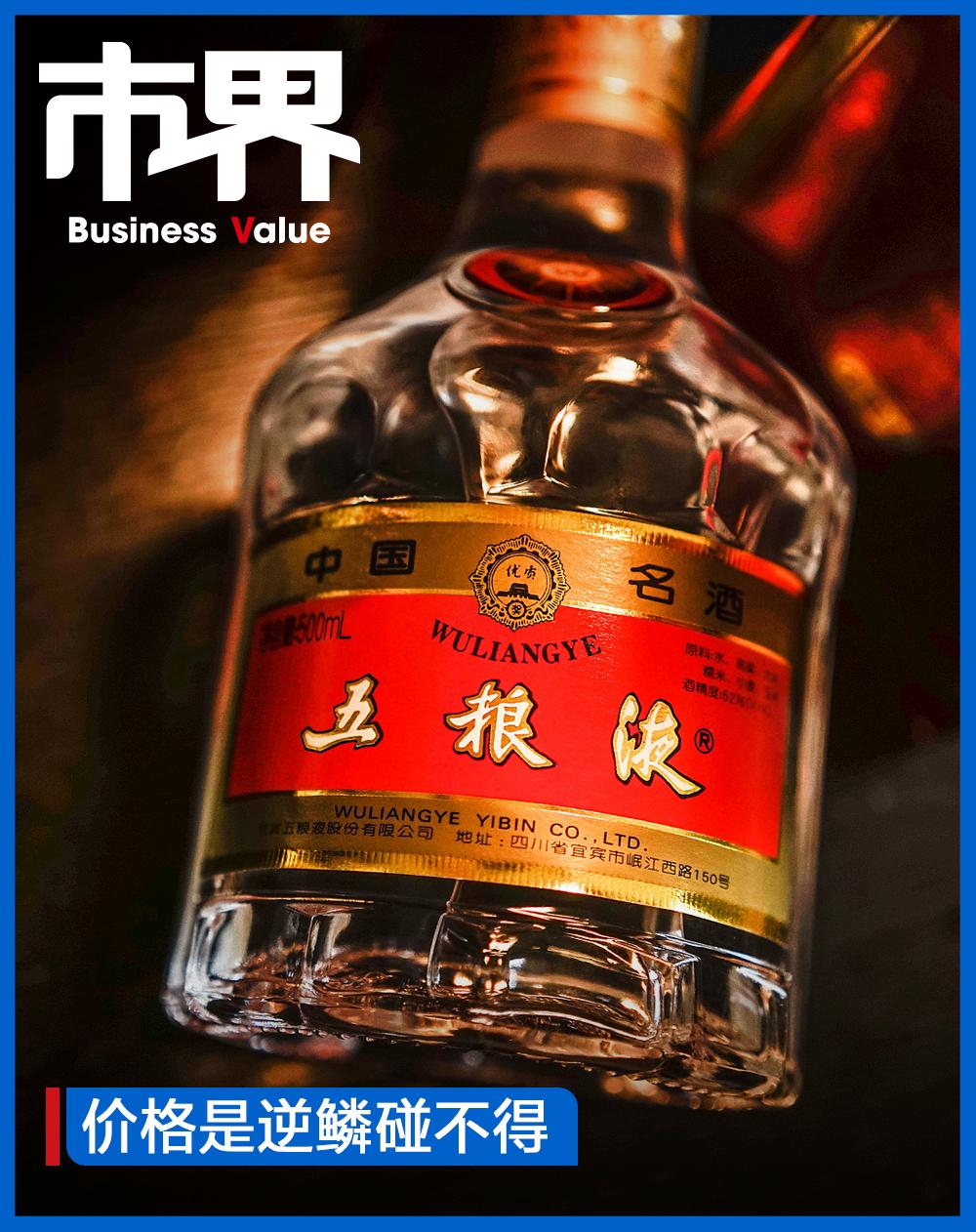
After raising the ex-factory price for more than a month, Wuliangye aimed its fire at the e-commerce platform selling Puwu at a low price, which stirred up a thousand waves. This is two years later, Wuliangye once again chose to be angry. In 2022, for the e-commerce platform selling Wuliangye products at low prices, it directly chose to be out of stock. According to industry insiders, the price below the wholesale price is the scale of Wuliangye, which is untouchable.
Author | Zhang Xiangyang
Editor | Chen Fang
Operation | Liu Shan

Wuliangye is furious.
On the occasion of the arrival of March 15th, Wuliangye suddenly became angry.
On March 13th, Wuliangye issued a statement in official website, claiming that Wuliangye products sold by many shops in Pinduoduo were counterfeit. At present, Wuliangye has not opened an official flagship store of Wuliangye on this platform, nor has it authorized any merchant to use Wuliangye in the names of shops opened on this platform.
At the same time, Wuliangye also announced the purchase channels of e-commerce. Besides the official channels, the dealer channels include JD.COM platform, Tmall platform, Tik Tok platform, Aauto Quicker platform, Suning platform, WeChat platform and Vipshop platform.
In this regard, Pinduoduo Customer Service said that it is very strict in dealing with counterfeit branded goods that impersonate other people’s brands without the permission of the brand, and will cooperate with consumers to properly handle them. Once the platform verifies that the vouchers are valid, it will support consumers’ after-sales application, and at the same time, it will seriously deal with sellers’ selling counterfeit brands.
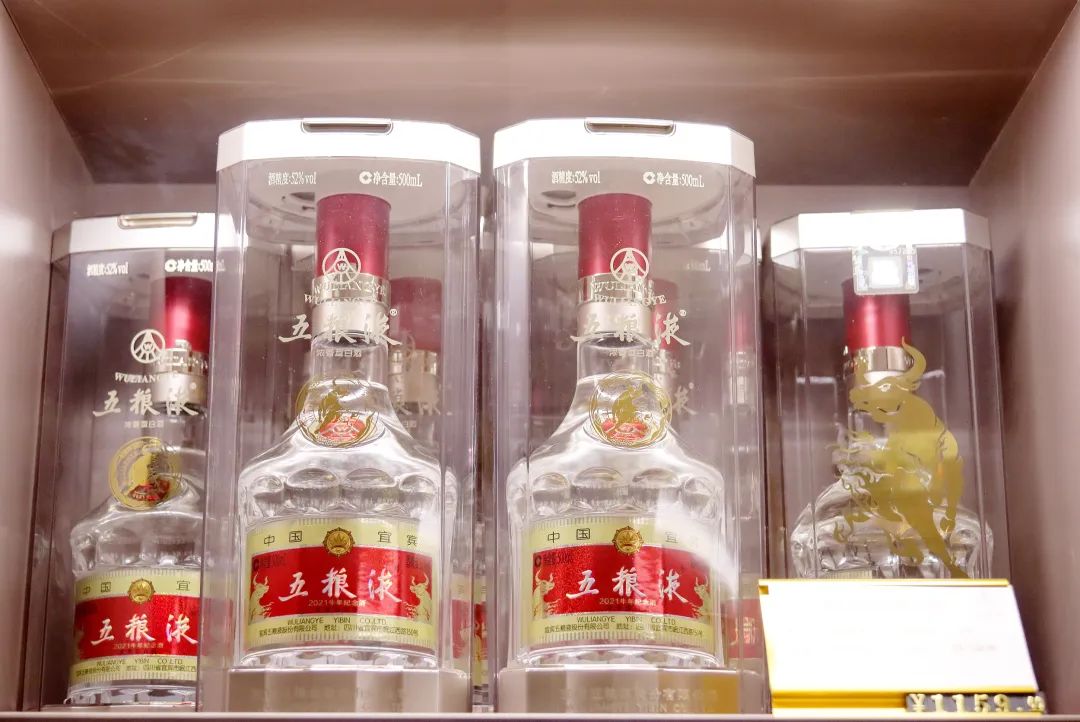
One by one, it caused a heated discussion. Someone said, "The wine must be real, but it is not authorized. Is this fake wine?"
If you read Wuliangye’s statement carefully, you will find that "Wuliangye products sold in many stores are counterfeit", which shows that not all Wuliangye products sold in stores are counterfeit.
According to the staff of Wuliangye interviewed by Dahe Finance Cube, it is not said that Wuliangye sold by the e-commerce platform is fake, but it has indeed received some consumers’ complaints that they bought fake Wuliangye products on the e-commerce platform.
Cai Xuefei, an expert in liquor industry, told the "market boundary" that the high gross profit margin of liquor itself and the low cost of counterfeiting, coupled with the lagging product identification system of liquor-making enterprises and the weak awareness of consumers’ rights protection, provided conditions for counterfeiting and selling fakes.
"At present, online sales violations mainly include goods smuggling, counterfeiting, illegal sales, impersonation, and telling low prices. The reason is that, on the one hand, alcohol sales are mainly offline, and the overall proportion of online sales is not high, and the attention of enterprises is not enough. Moreover, as a representative of hierarchical distribution, wine enterprises often lack the awareness of online channel management and rights protection; On the other hand, consumers have little professional knowledge, low awareness of identification, and difficulty in prosecution, which leads to higher cost of rights protection. "
Some analysts said that Wuliangye’s move was "Xiang Zhuang’s sword dance, intended to be Pei Gong".
The "low price strategy" of e-commerce platform has impacted the traditional channels of manufacturers, and more importantly, it has affected the sales system and price order established by manufacturers.
Insiders analyzed that behind Wuliangye’s anger, it was because the price of e-commerce platform was not allowed to be lower than the wholesale price, which would confuse its price system. "Liquor giants are vying for the price band of 1,000 yuan, and no one is allowed to destroy the price system that it has finally raised."

The lamella is untouchable.
Indeed, since February 5th, the ex-factory price of the eighth generation Wuliangye has been raised from 969 yuan/bottle to 1,019 yuan/bottle in 50 yuan. Prior to this, the official guiding retail price of the eighth generation Wuliangye has already been raised to 1499 yuan/bottle, which is consistent with Feitian Maotai.
On March 15, the staff of a Wuliangye specialty store in Beijing said that the retail price of Wuliangye in the store was 1050 yuan; And a wine merchant who opened a store told "City Boundary" that the retail price of the eighth generation Wuliangye in his store is 950 yuan, "940 can also be taken". For online platforms, the common price is around 1000 yuan.
The upside-down channel price is still a problem that Wuliangye needs to solve for this high-end core big single product.
At the December 18th conference held in 2023, Zeng Congqin, chairman of Wuliangye, said at the meeting that "reasonable channel profit is the primary problem that we must work hard to solve".
However, the price of some e-commerce platforms is much lower than the ex-factory price, which disrupts the price order established by manufacturers. Wuliangye’s statement seems to be expressing its position to offline dealers.
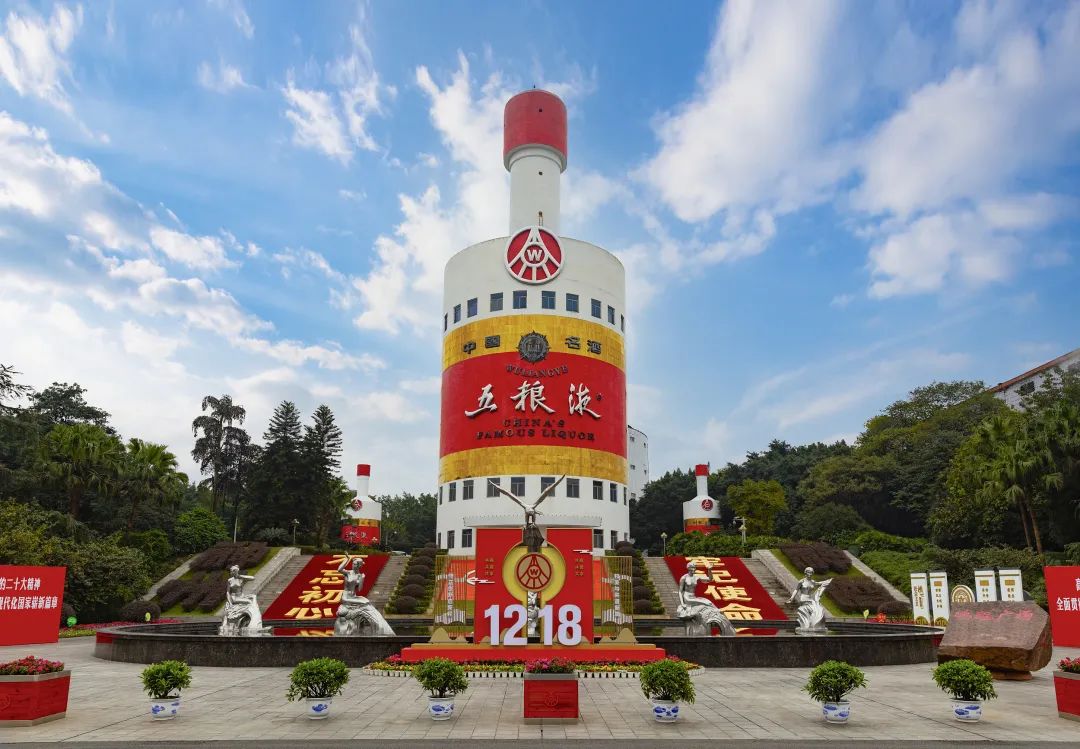
Jin Yufeng, an expert in liquor industry, said to the "market boundary" that Wuliangye’s move was just a reappearance of the measures implemented by several head liquor enterprises in 2012-2015 for liquor e-commerce companies such as Brewmaster Net and 1919, and "price order is the core".
"In addition to Maotai, almost all other first-and second-tier brands are upside down, and the price order is chaotic. The offline means of traditional dealers are diverse, and sometimes it is not easy to verify, but the e-commerce platform is accurate. " Jin Yufeng said.
The events in 2012-2015 mentioned by Jin Yufeng refer to the e-commerce platforms for liquor circulation such as Brewmaster Net and 1919, which were "encircled" by famous liquor companies at that time to sell liquor at low prices.
At that time, the vertical e-commerce of alcohol fought a price war. For example, during the double 11 in 2014, these e-commerce platforms launched Feitian Maotai at 699 yuan or even 659 yuan/bottle, Wuliangye at 52 degrees at 499 yuan/bottle, and the special products of Feitian Maotai and Wuliangye at 1111 yuan. In addition, famous wines such as Langjiu and Jiannanchun were also used by the platform to compete at low prices.
This directly penetrated the ex-factory price of these famous wines. At that time, the ex-factory price of Maotai was 819 yuan, while Wuliangye was 609 yuan.
These e-commerce platforms have seriously affected the price system of famous wine enterprises by fighting price wars to offset sales and industry seats. This was directly opposed by famous wine manufacturers including Maotai, Wuliangye, Langjiu and Jiannanchun, and even terminated their cooperation.
During the double 11 in 2022, the contradiction between Wuliangye and LU ZHOU LAO JIAO CO.,LTD and the e-commerce platform reappeared. The reason is that JD.COM has repeatedly sold high-end core single products of wine enterprises at low prices, which has impacted the market price order.
For the contradiction between Wuliangye and the e-commerce platform, in addition to the commonplace problem of fake wine, the problem of low price may not be ruled out.
Xiao Zhuqing, a wine critic, told the "city boundary" that in the liquor industry, the sales scale of the whole e-commerce channel is only about 10% of that of the traditional channel, but the price of the e-commerce channel has a great influence on the price of the traditional channel. "The e-commerce platform has not been authorized by Wuliangye to promote low prices to attract consumers, so it has annoyed Wuliangye."
The competition between e-commerce platforms is becoming more and more fierce, and they are all thinking about subsidies, drainage and promotion. The liquor industry has already entered the stock competition, and the industry has developed by squeezing, and now it is also in a new adjustment cycle.
Zhongtai Securities Research Report pointed out that as a product with its own flow, clear price perception and strong liquidity, liquor single product is more likely to be used as a carrier of subsidy drainage by the platform.
The establishment of sales system and price order will take many years. However, it is easy for the e-commerce platform to impact the traditional sales and price system through the form of "tens of billions of subsidies". Wuliangye, in particular, is in the stage of needing stable prices.
The channel price is upside down, the price has just been raised, and there is also the influence of the e-commerce platform. For Wuliangye, it is more difficult to stabilize the price at this time.
It can be said that the liquor industry is currently in a new torment, especially for channels.
According to the research report of Zhongtai Securities in February 2024, on the channel side, destocking is still the focus of liquor industry. Wine companies compete for funds, and wine merchants pursue high turnover. It is expected that destocking will remain the key direction of channel attention.
"Dealers and tobacco hotels are not clear about the future pricing and sales expectations, and hope to minimize the occupation of funds by inventory, thus tending to have a rapid turnover in a low inventory state, and the goods directly or indirectly flow to the e-commerce platform." The research report pointed out.
At the channel level, with high inventory and upside down prices, some dealers naturally try their best to seek turnover and withdraw funds. To a certain extent, the e-commerce platform has also become a channel for dealers to realize.
At the level of brands and manufacturers, we want to increase revenue and profits by raising prices, and at the same time ease the pressure of channel profits and appease dealers. However, it is difficult to raise prices and stabilize them.
In the terminal, consumers are more and more sensitive to price, and are more willing to shop around and pursue a relatively higher cost performance.
The contradiction between them is becoming increasingly prominent.
It has been reported that liquor dealers sell back money from e-commerce platforms at low prices to digest inventory; There are also wine merchants who purchase goods from platforms with lower prices. Some insiders said: "Some businesses subsidize bonus hunter from 10 billion yuan, which is cheaper than the purchase price."
It can be said that this is a microcosm of the current situation in the liquor industry.
Originally produced in the city, please do not reprint it without authorization.
E-mail for communication suggestions: gaojian@boyamedia.com
Original title: "After two years, Wuliangye became angry again"
Read the original text








